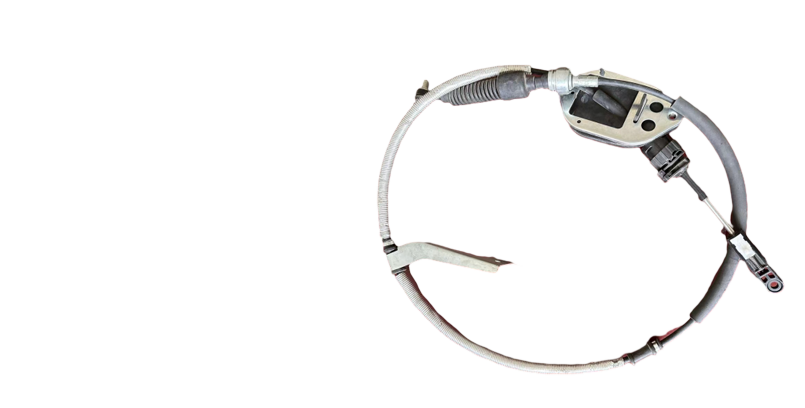Cable Operated Hand Brake System for Enhanced Vehicle Control and Safety Solutions
Understanding Cable Hand Brakes Functionality, Advantages, and Maintenance
Cable hand brakes are an essential component in many types of vehicles and machinery, providing a means of controlling motion safely and effectively. Commonly found in bicycles, cars, and other transportation devices, these brakes utilize a simple cable mechanism to exert a braking force. This article delves into the functionality, advantages, and maintenance of cable hand brakes, providing a comprehensive overview for users and enthusiasts alike.
Functionality of Cable Hand Brakes
At their core, cable hand brakes work through a straightforward mechanical system. When the user pulls the lever, the force is transmitted through a cable that runs to the brake mechanism. The cable’s tension pulls a component connected to the braking surface, such as brake pads or shoes, which then create friction against rotors or drums. This friction slows down or stops the motion of the vehicle or machinery.
The design of cable hand brakes can vary significantly based on the application. In bicycles, the brake cable is routed along the handlebars to a caliper that squeezes the wheel rim when activated. In automotive applications, the cable typically connects to a lever inside the vehicle, disengaging the rear brakes when engaged. The simplicity of this mechanism provides reliability and ease of maintenance, making cable hand brakes a popular choice across various applications.
Advantages of Cable Hand Brakes
1. Simplicity and Reliability One of the primary advantages of cable hand brakes is their simple design. Fewer moving parts mean that they are less prone to mechanical failure compared to hydraulic brakes. In challenging environments, such as off-road biking or heavy-duty applications, cable brakes can offer a level of reliability that is hard to match.
2. Easy Repair and Maintenance Cable hand brakes are easy to maintain. If the brake is not functioning correctly, it generally indicates that the cable is either too loose or worn out. Replacing a cable is a straightforward task that can be accomplished with basic tools. Regular inspections can prevent brake failure and ensure safe operation.
3. Cost-Effective For manufacturers and users alike, cable hand brakes tend to be more economical than hydraulic braking systems. The materials and components required for cable brakes are usually less expensive, leading to a lower overall cost for both production and maintenance.
4. Adjustability Many cable hand brake systems come with adjusters that allow users to fine-tune the tension of the cable, ensuring optimal performance. This adjustability is crucial in applications where performance may vary due to wear or environmental conditions.
cable hand brake

Maintenance Tips for Cable Hand Brakes
To ensure that cable hand brakes function at their best, regular maintenance is essential. Here are some tips for effective upkeep
1. Regular Inspections Routinely check the cable for signs of fraying or wear. Damaged cables should be replaced immediately to avoid failure during operation.
2. Lubrication Applying lubricant to the cable can reduce friction and prolong its life. Ensure that you use a lubricant appropriate for use in mechanical systems.
3. Adjust Tension Regularly check the brake engagement. If the lever pulls too far without engaging the brakes, it may be time to adjust the cable tension. Most systems include an easy-to-use tension adjustment feature.
4. Cleaning Components Dirt and debris can impact the effectiveness of the brakes. Cleaning the brake pads and rotor or drum regularly will ensure optimal braking performance.
5. Check Brake Pads Monitor the condition of the brake pads for wear. Replace pads when they become too thin, as they may not provide sufficient stopping power.
Conclusion
Cable hand brakes, with their simplicity, reliability, and cost-effectiveness, remain a key component in various mechanical applications. Understanding their functionality and maintaining them properly can enhance performance and safety. Whether for everyday vehicles like bicycles or heavier-duty machinery, cable hand brakes offer a practical solution for controlling motion effectively. As technology continues to evolve, these foundational systems will likely remain relevant, proving that sometimes, the simplest mechanisms are the best.
-
Workings of Clutch Pipe and Hose SystemsNewsJun.04,2025
-
The Inner Workings of Hand Brake Cable SystemsNewsJun.04,2025
-
The Secrets of Throttle and Accelerator CablesNewsJun.04,2025
-
The Hidden Lifeline of Your Transmission Gear Shift CablesNewsJun.04,2025
-
Demystifying Gear Cables and Shift LinkagesNewsJun.04,2025
-
Decoding Clutch Line Systems A Comprehensive GuideNewsJun.04,2025
